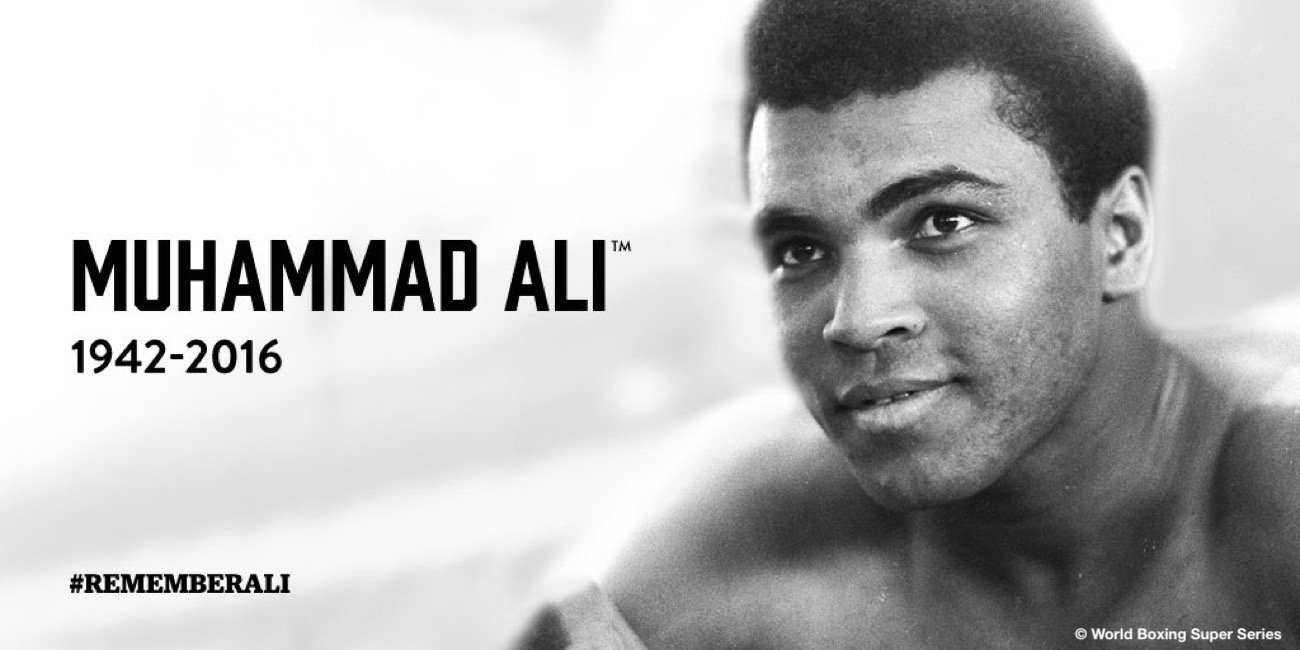55 years ago today (February 6, 1967) the world saw Muhammad Ali at both his dazzling best and his most cruel and punishing. The words “what’s my name” ring clearly, still, in the ears of fight fans who are old enough to have watched Ali’s fight with – see utter hammering of – Ernie Terrell. After witnessing what Ali did to the game but outclassed Terrell, many boxing writers of the day laid into the world heavyweight champion, calling him a bully; a man who lacked sportsmanship in one hugely insulting way.
Terrell, a tall fighter with a fine left jab, truly felt he would beat the man he continued to call Cassius Clay, Ali’s “slave” name. During the build-up to the fight, Terrell so angered Ali, the heavyweight champ slapped Terrell hard in the face, ordering him to “call me by my name Muhammad Ali.”
“You will address me in the ring if you don’t do it now,” Ali bellowed to his challenger.
Terrell, 39-4 and probably at his own peak at age 28, never did call Ali by that name; and he tried as best as he could in the fight. But almost from the very beginning it was obvious that Terrell, like every other heavyweight of the day, had nowhere near enough speed to be able to deal with Ali. But Ali wasn’t content with merely out-classing Ernie; he wanted to humiliate him for the name slur. Ali dropped his hands and left them dangling at his sides for long periods, and he also lashed out with stinging blows.
At other times, while literally daring Terrell to hit him, Ali bellowed out “What’s my name?!” Terrell never uttered a word in reply, later claiming he never even heard anything that Ali was saying to him. “I was concentrating on surviving,” Terrell said.
Terrell was game, but he was falling hopelessly behind on the judges’ score-cards. Also of a serious concern for “The Octopus,” as Ali dubbed his latest challenger, was the damage Ali had inflicted on his left eye. Swelling up and closing fast, Ernie’s eye had a fractured bone underneath it and it was later revealed how Terrell had a damaged retina. Later, the loser claimed Ali had purposely rubbed his eye along the top rope as the two had been in a clinch. Ali vehemently denied this claim (“I’m a clean fighter,” he insisted), but Terrell, who passed away in December of 2014, always insisted he would have won had his eye not been so horrifically damaged.
Due to a combination of Terrell’s bravery and Ali’s willingness to prolong the beating of his over-matched adversary, the fight dragged on for all 15-rounds. Maybe Ali could have closed the show and got the stoppage, who knows for sure? In any case, Ali won by a lopsided margin on each of the three cards – by a whopping 148-133 score in the case of one judge. However, Ali was given no rave reviews by the experts after the fight.
Instead, almost every single writer chose to focus on the mean-spirited side of Ali’s nature. Condemned as a cruel bully, just as he was two years ago when he brutalised and tormented former champ Floyd Patterson, another fighter who insisted on calling Ali Clay, Ali was all-but hated by the media. No-one could deny his boxing brilliance, but the champion’s taunting and “carrying” of an opponent was seen as being in terribly bad taste. For sure, the Ali of the late 1960s was a million miles from the beloved global hero he would become in the mid-70s and still is today; some six years after his death.
Now 28-0 and with seemingly no-one out there capable of defeating him, Ali may have been disliked at home but he was popular in Europe and in other places. But after just one more fight (a stoppage win over Folley that March), Ali fell foul of the United States government. Stripped of his title and his passport for refusing to be inducted into the armed forces, Ali was made redundant, unable to fight for a living. The US government had done what no fighter was even close to doing: Ali was a beaten man.
